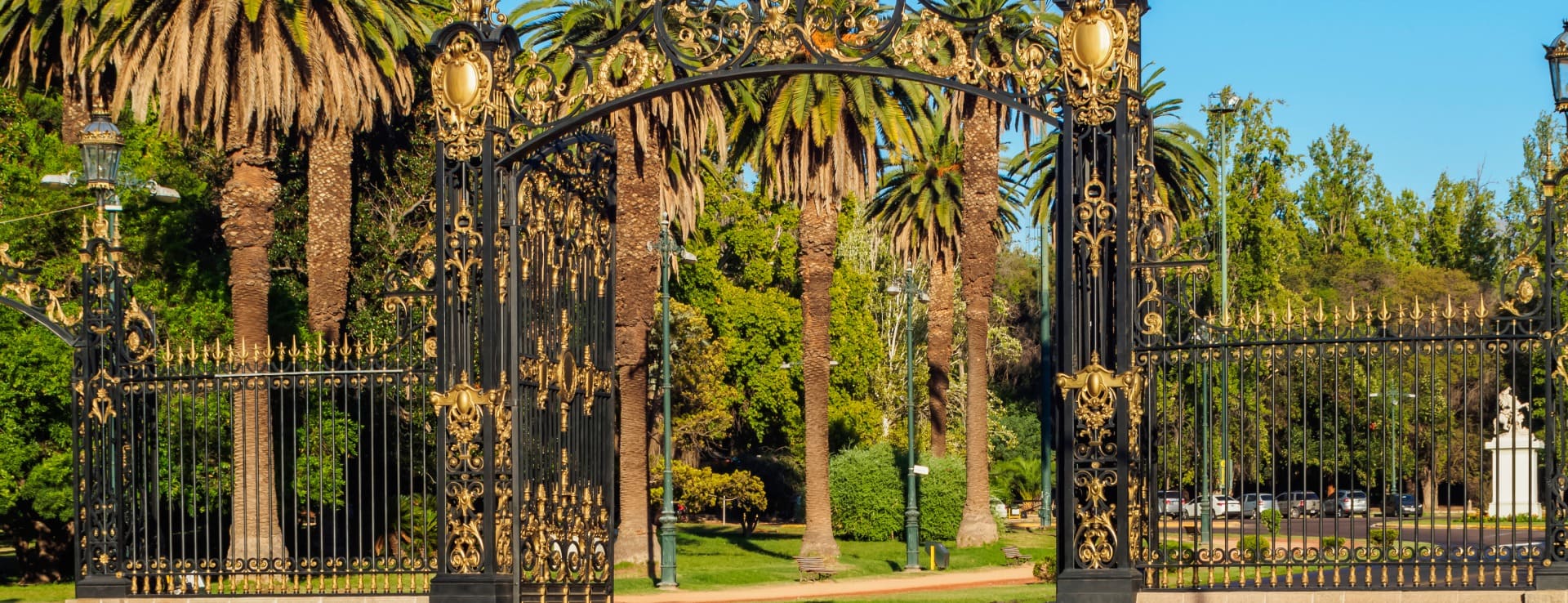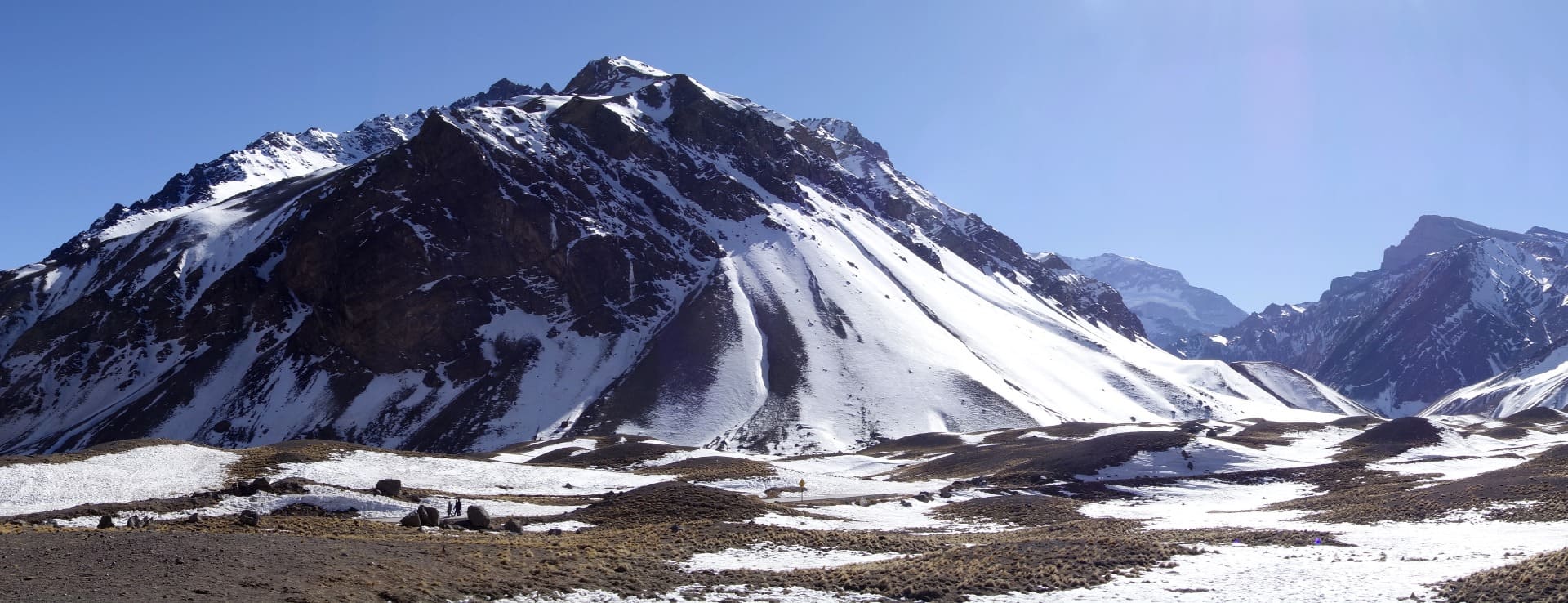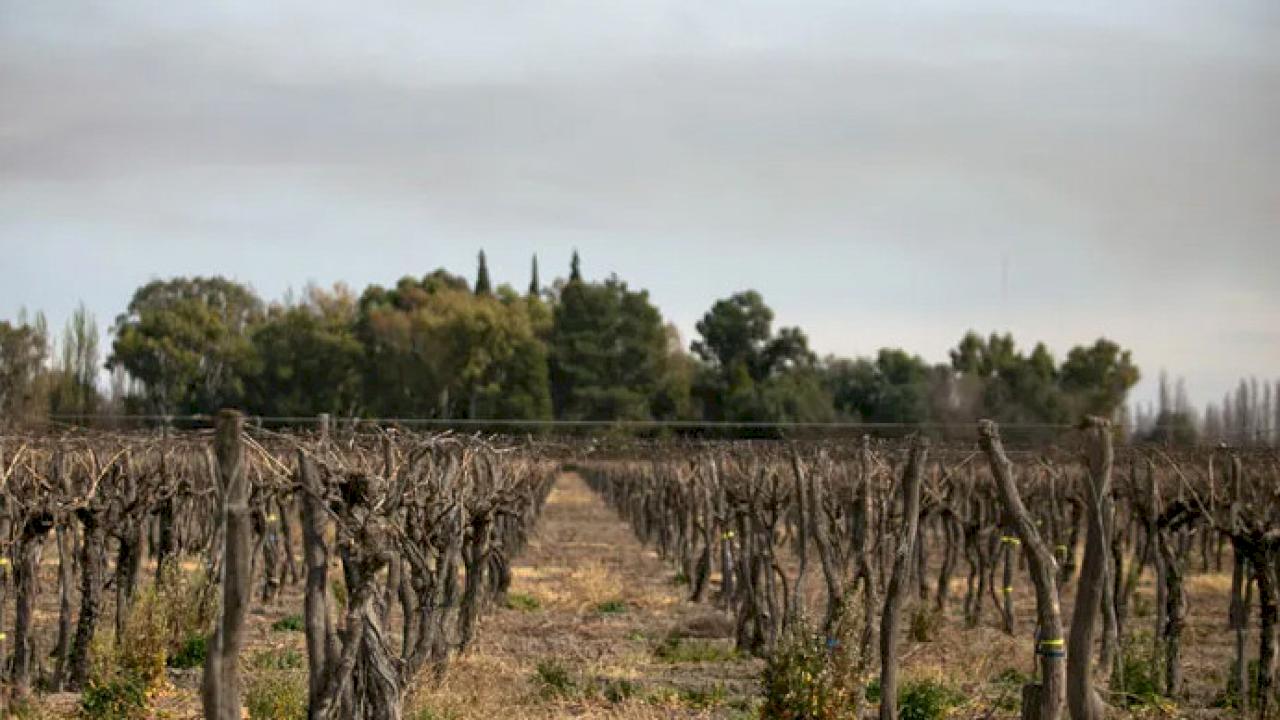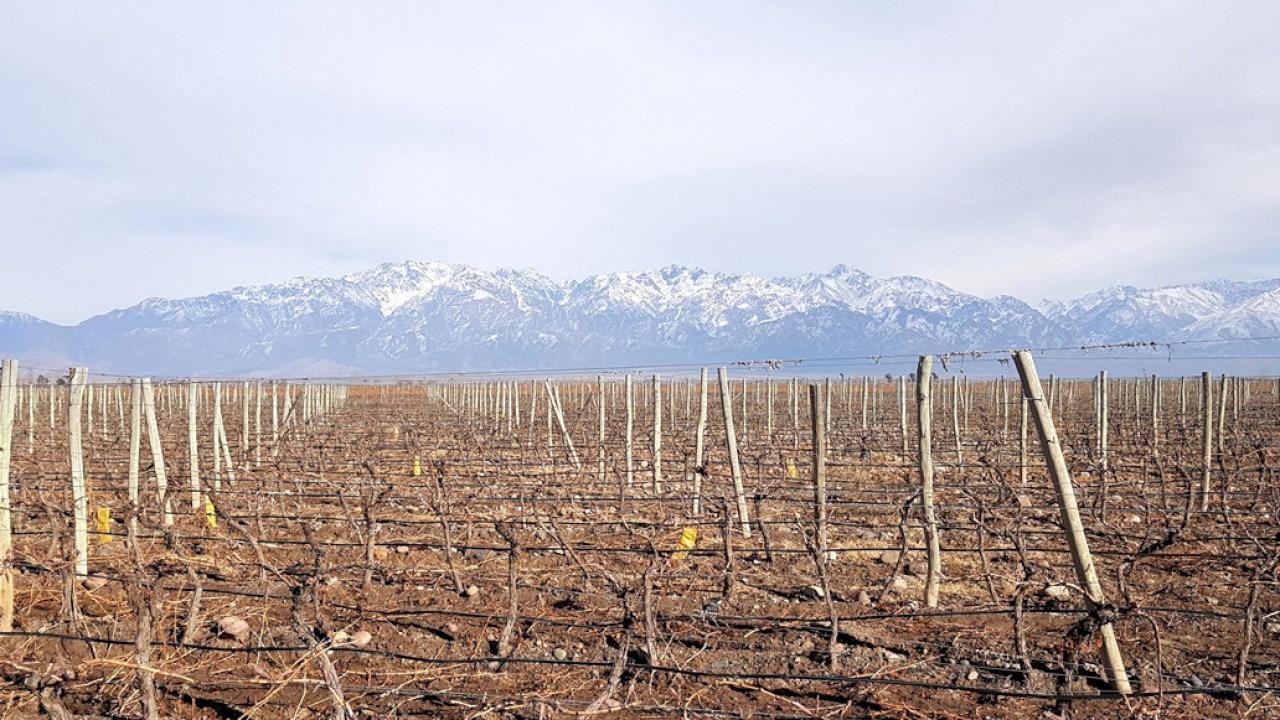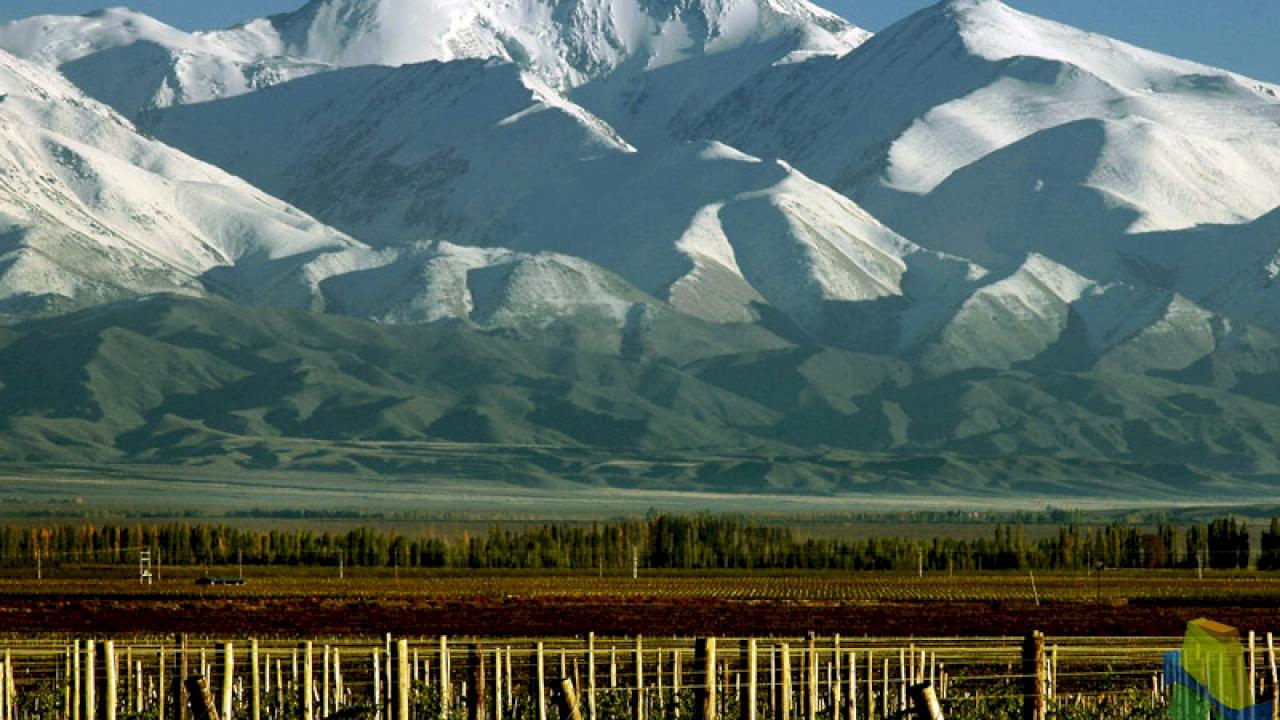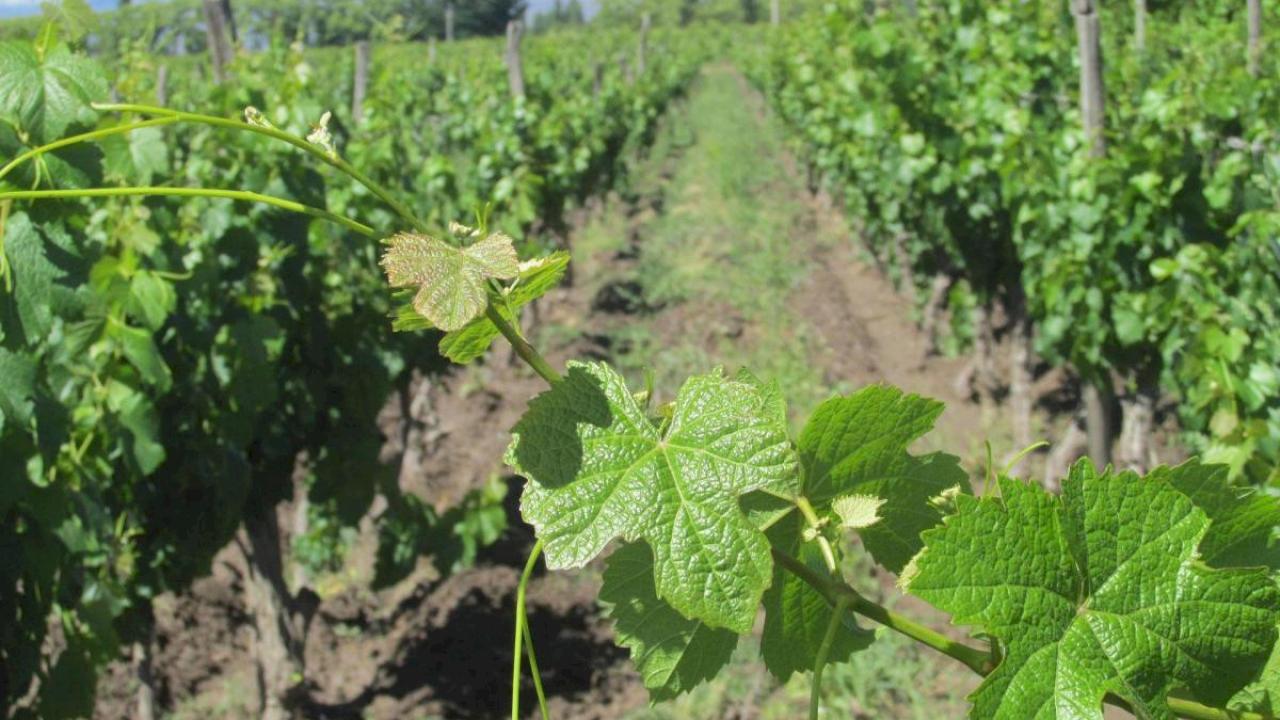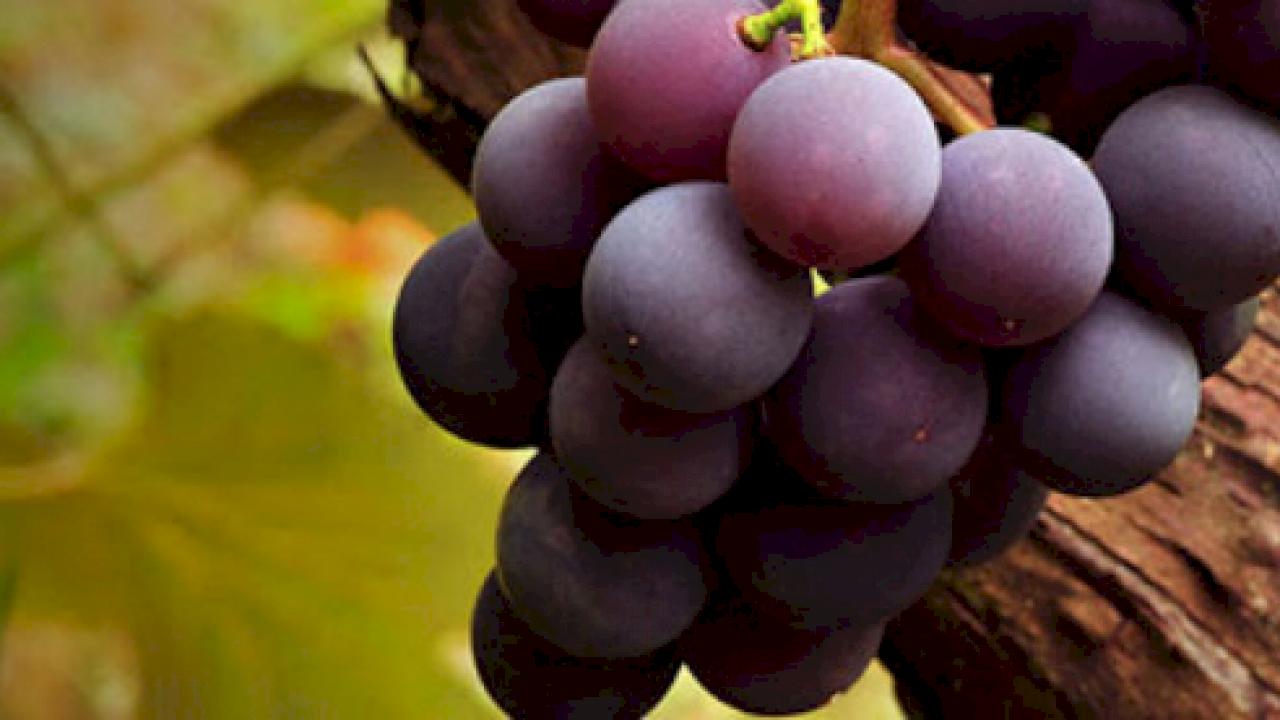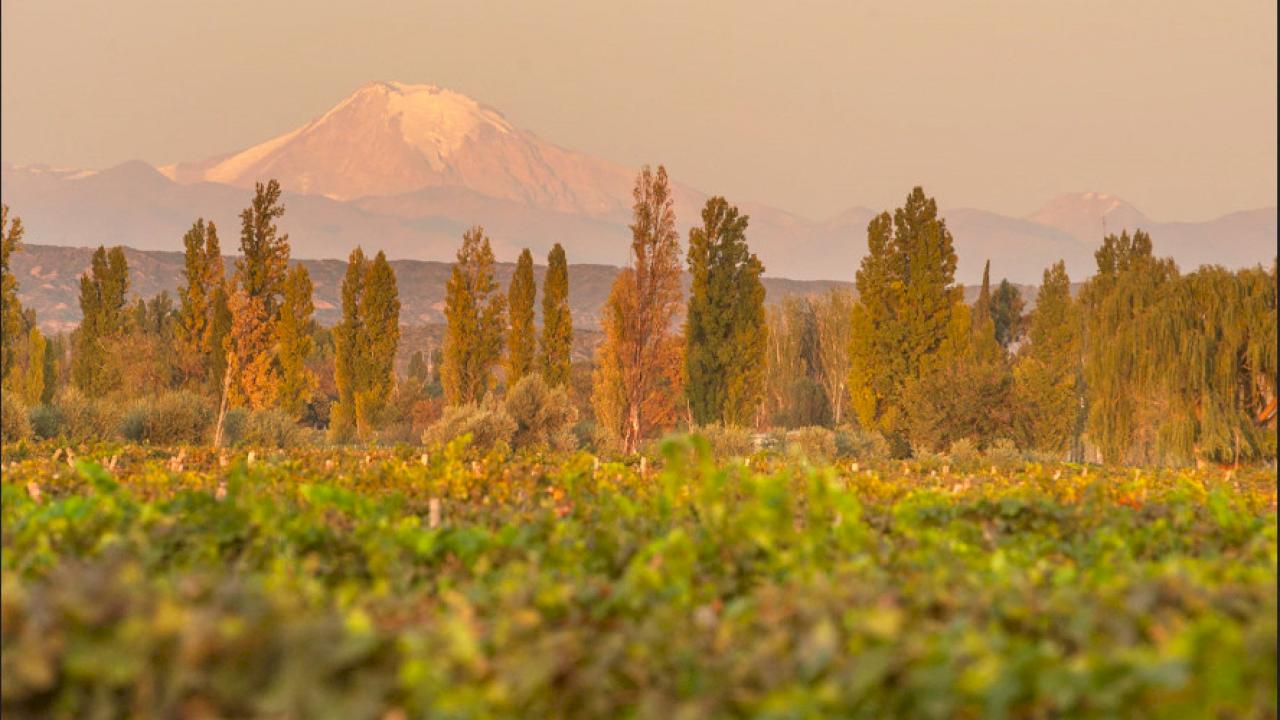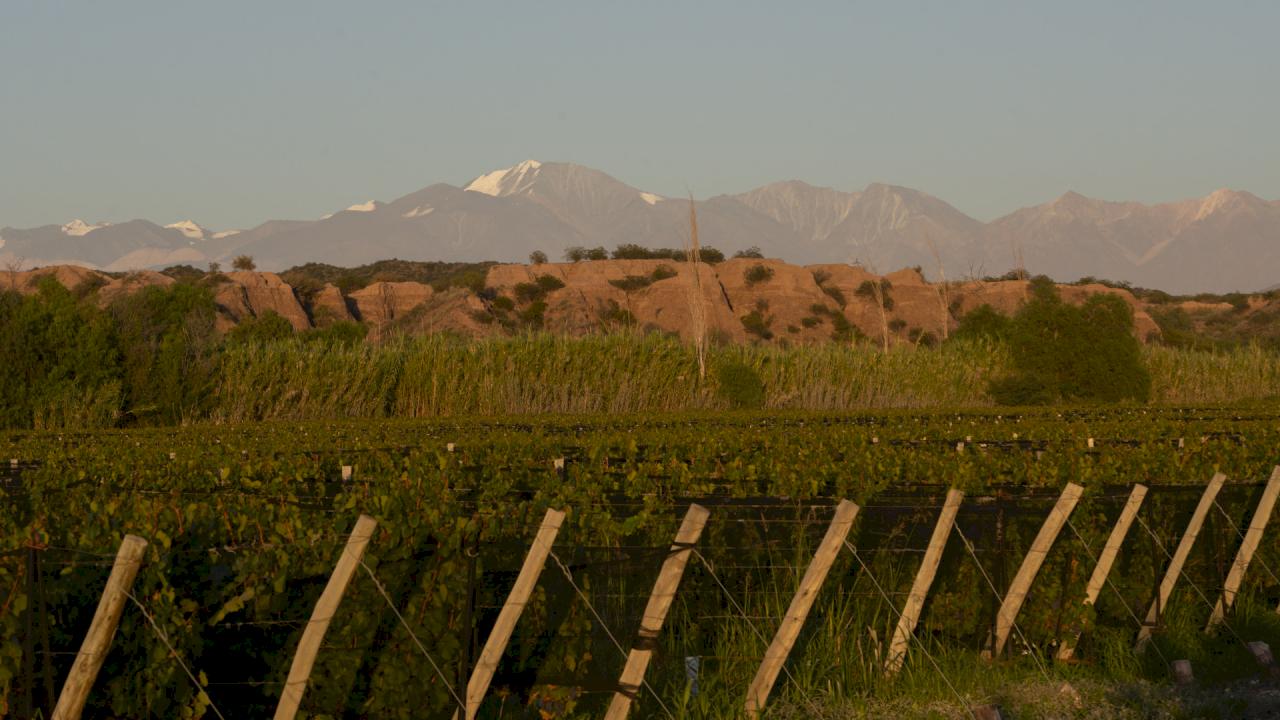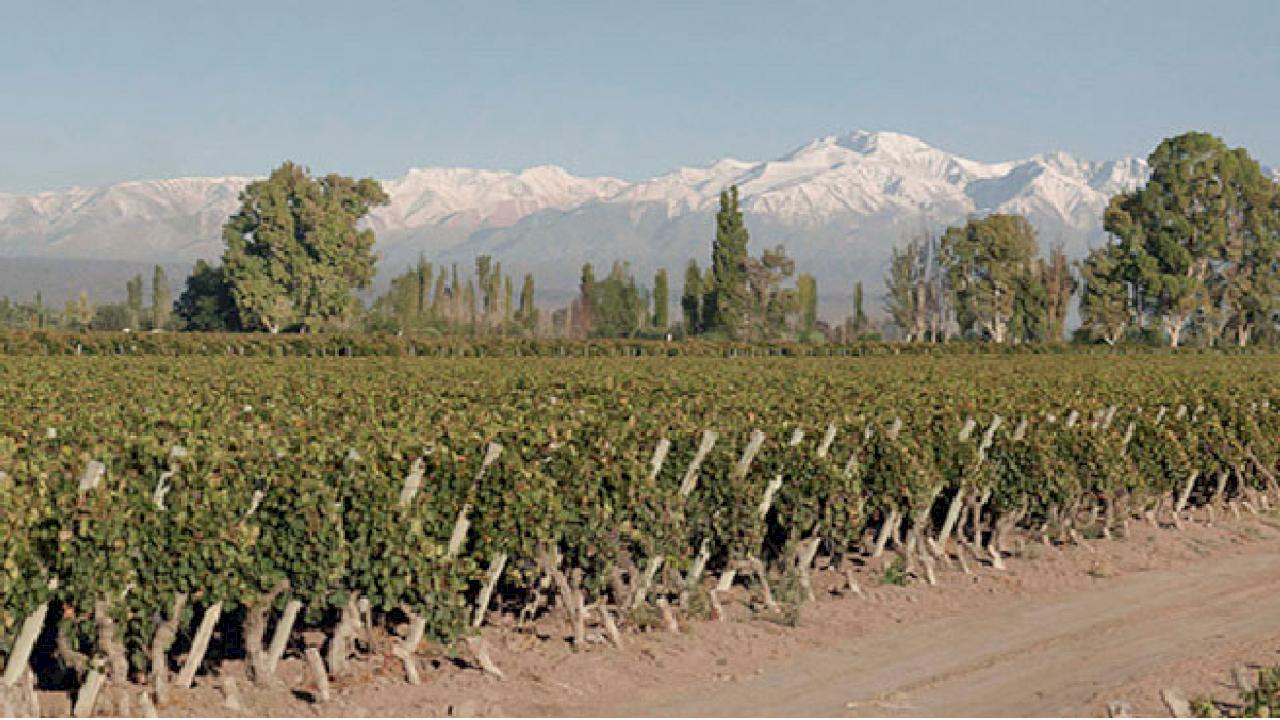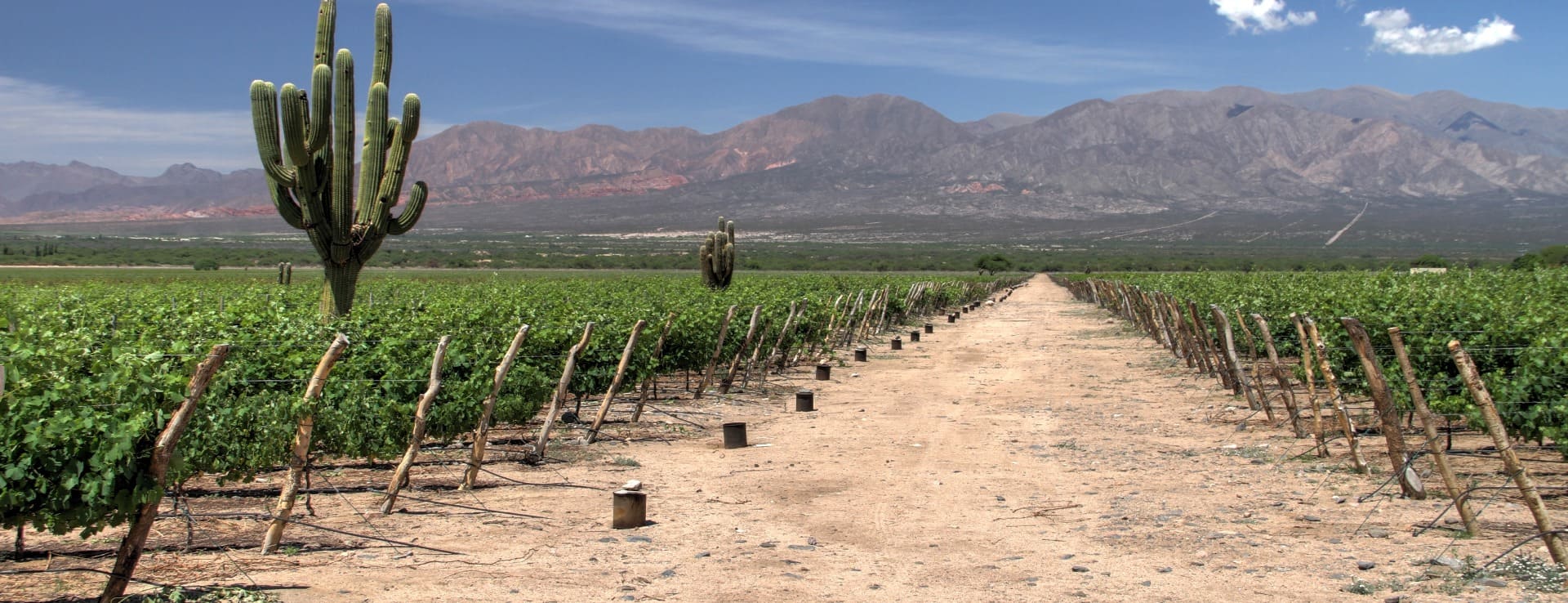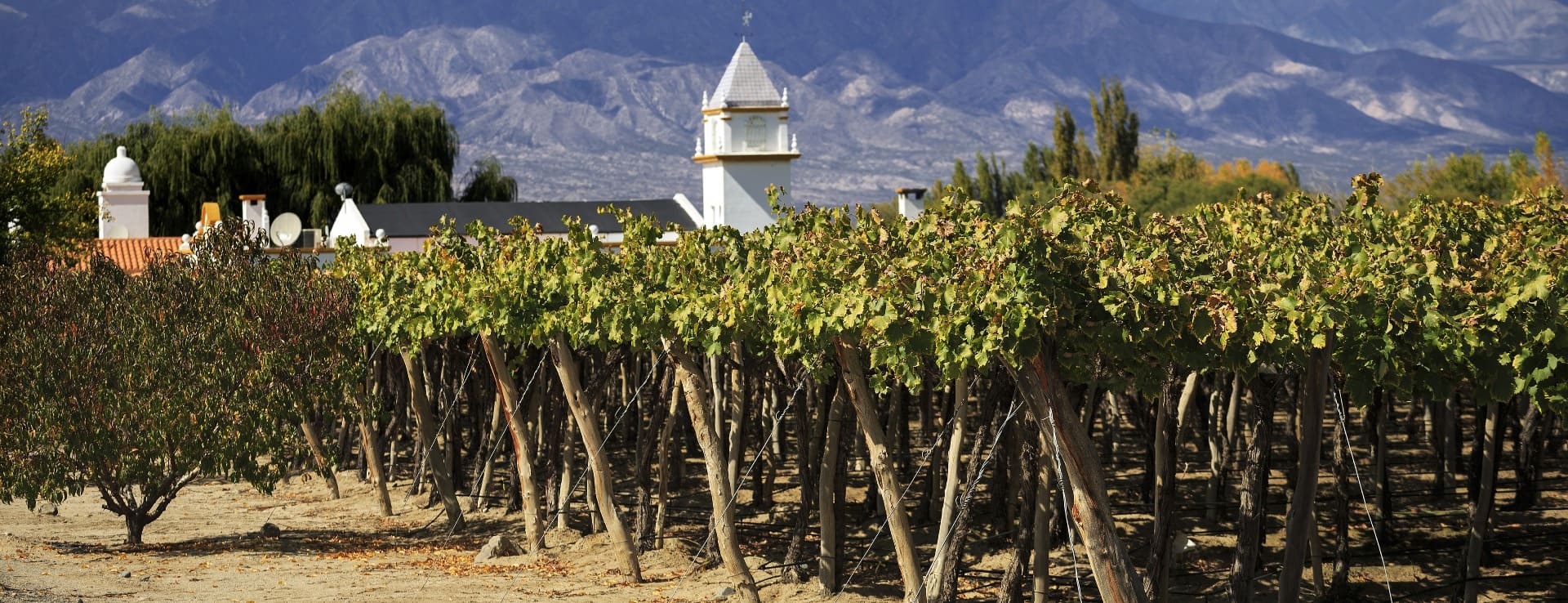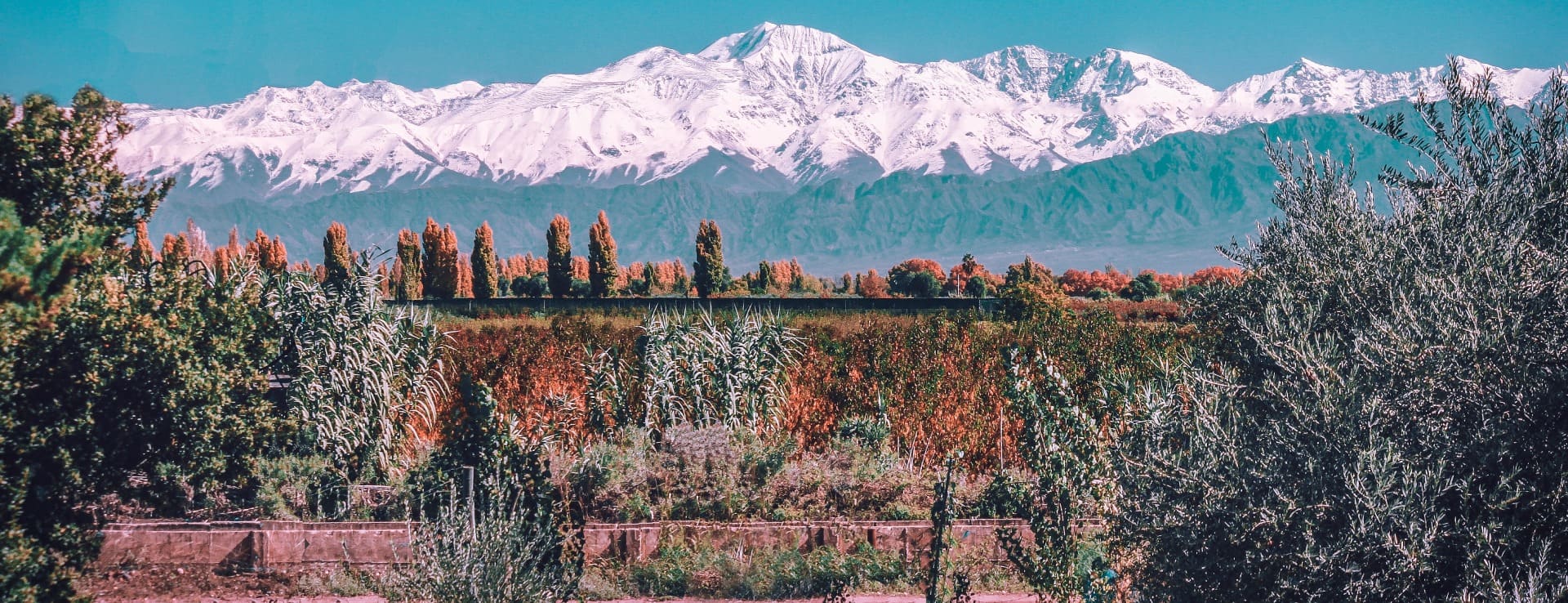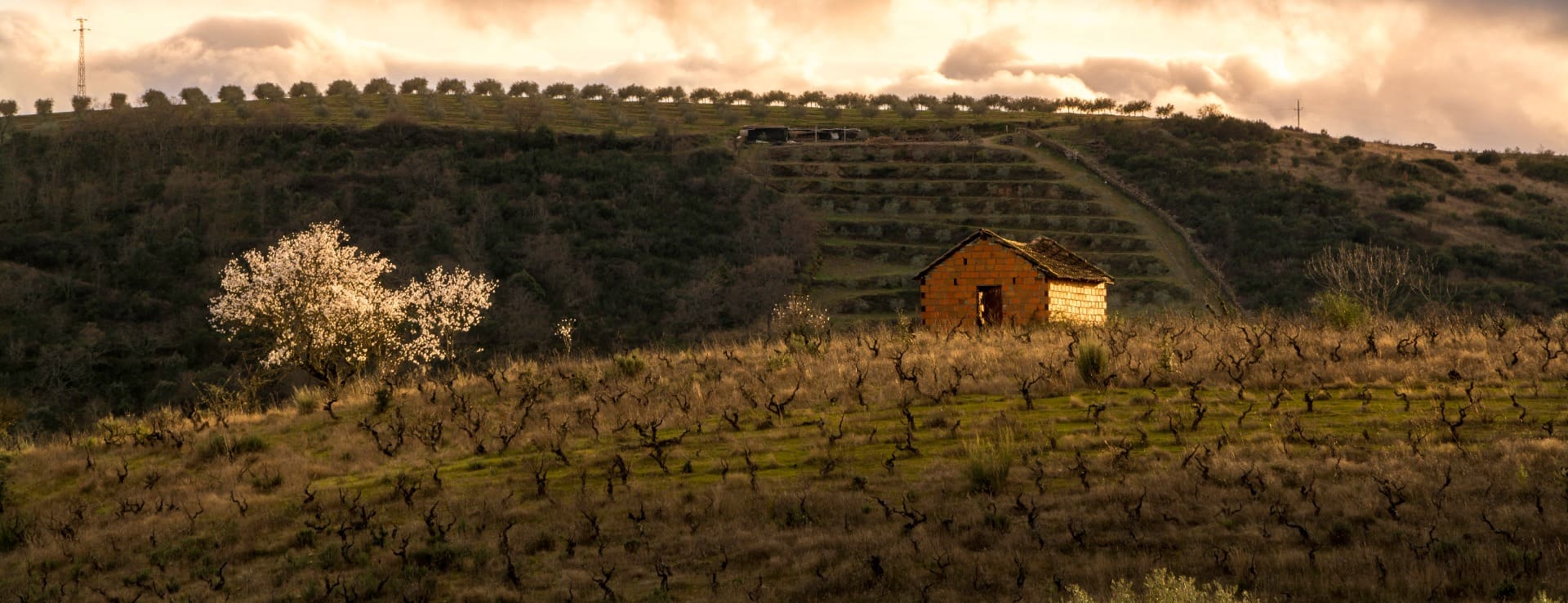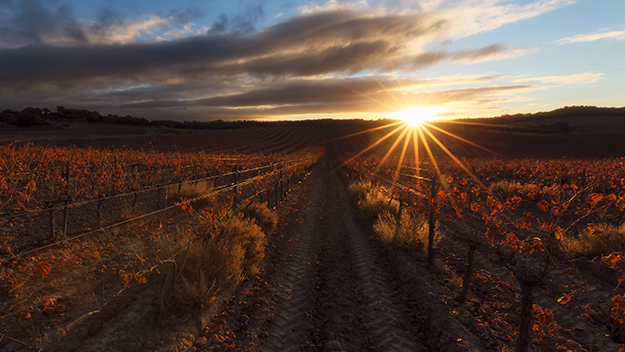Find your winery or vineyard
More than 10 Wineries and Vineyards for sale in Mendoza

1,700 acre estate in Argentina with famous winery and golf course.
DO Uco Valley, Mendoza
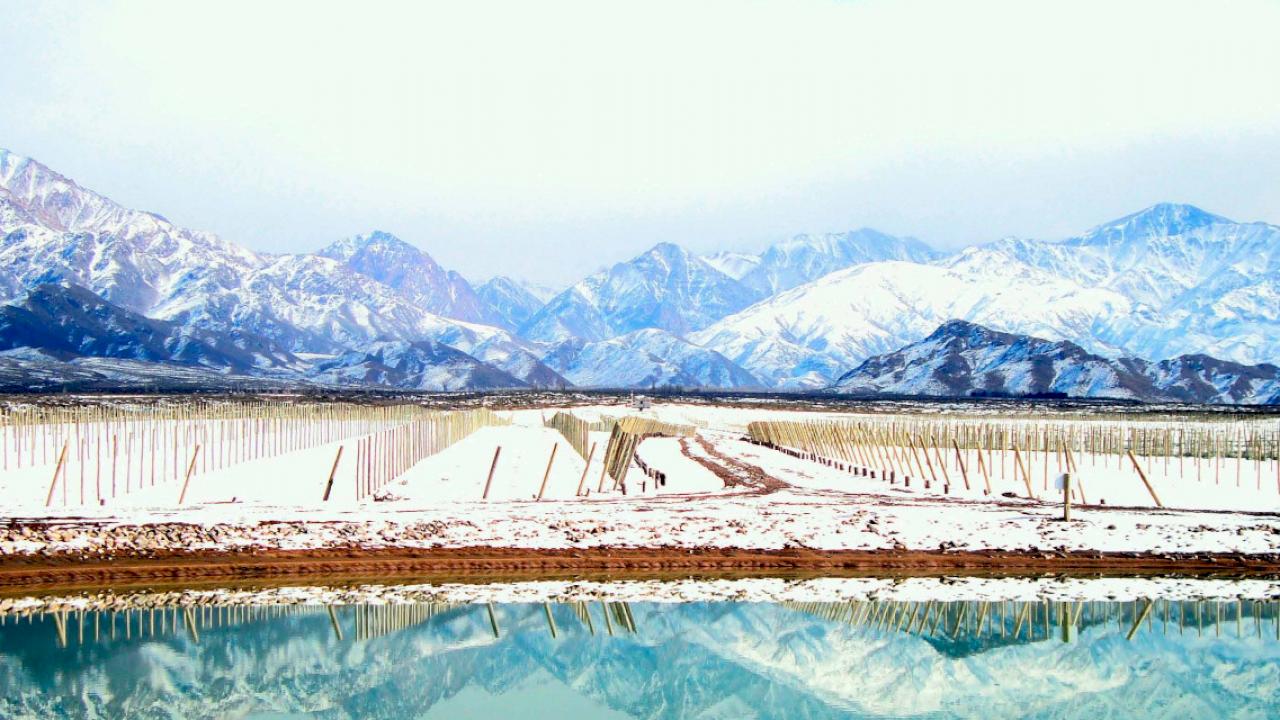
Private villa in hotel complex with winery in Valle de Uco
Mendoza, Argentina
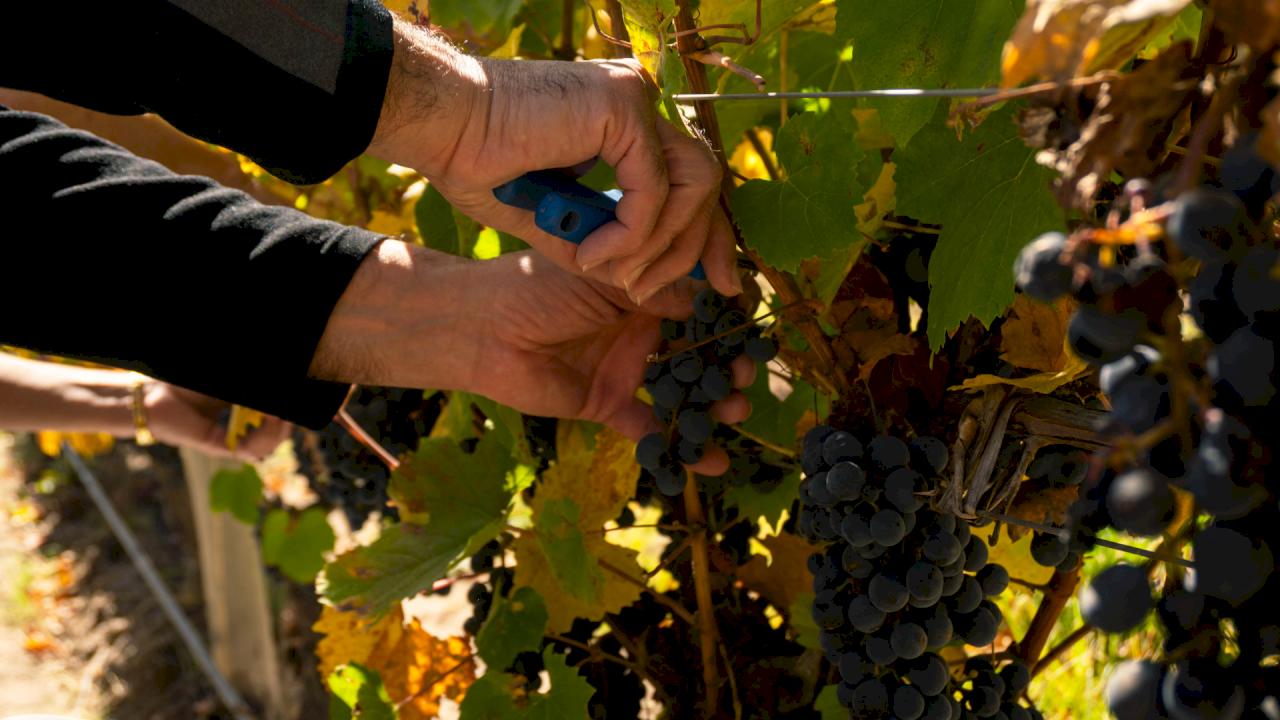
Vineyards per hectare in a winery complex with hotel and spa.
Mendoza, Argentina.
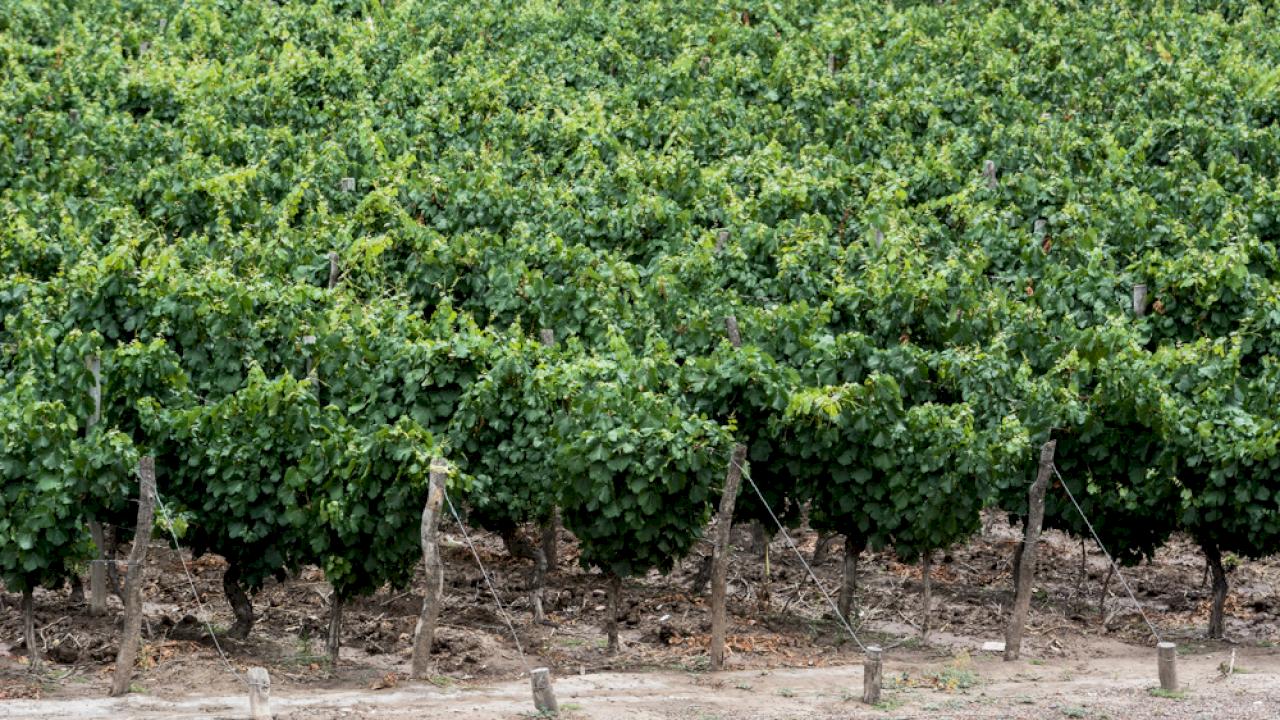
Export-oriented winery with a production of more than 2M bottles.
Mendoza
Infographic of the Denomination of Origin
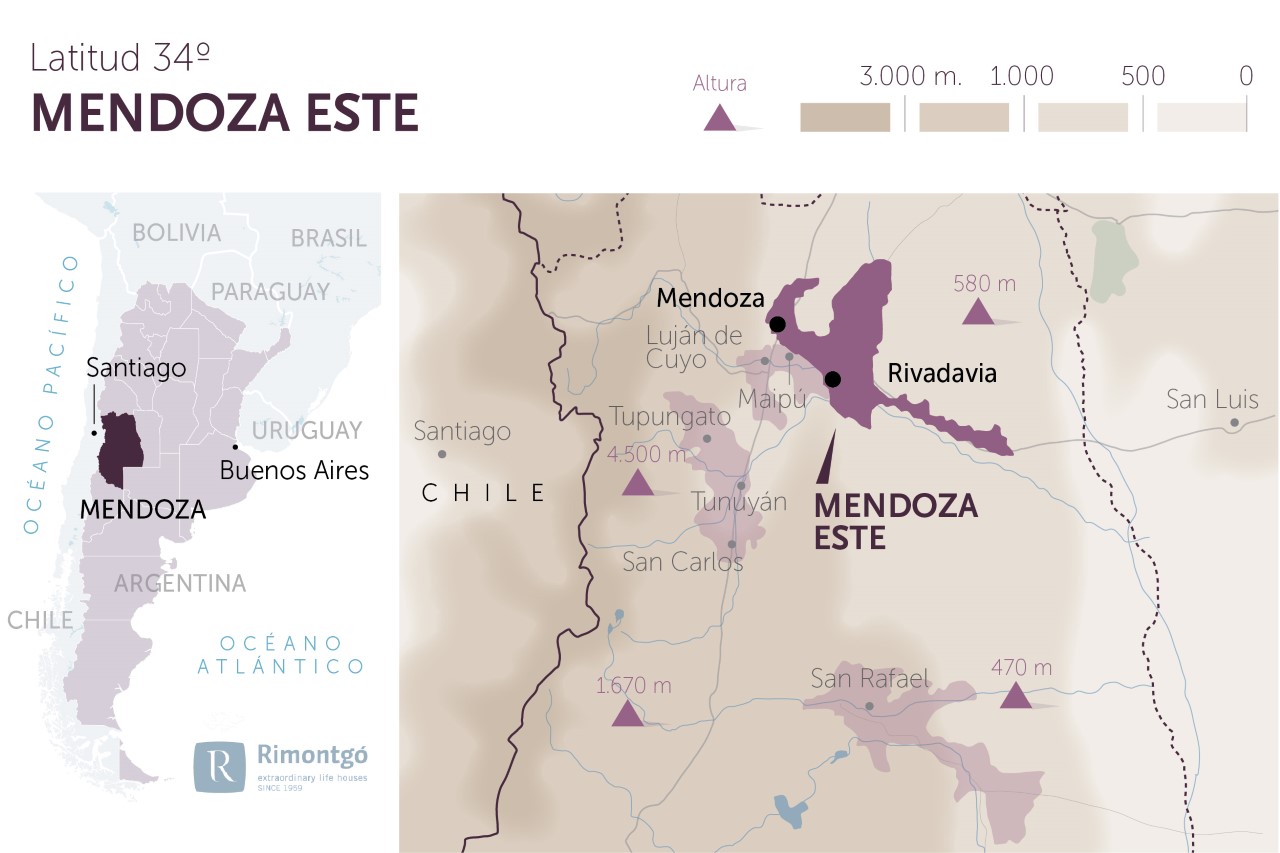
Change to imperial units (ft2, ac, °F)Change to international units (m2, h, °C)
Number of wineries (2017):
71
Total surface area:
31.000 ha76.601 ac
Altitude of the vineyards:
Min: 600m
Max: 700m
Min: 1.969ft
Max: 2.297ft
Temperature:
Average: 16º61°F
Yearly rainfall:
220 l/m220 l/ft2
Mendoza
The Argentinean province of Mendoza is located next to the Andes, which registers its highest heights in Mendoza: at 6,959 meters, Mount Aconcagua is the highest peak in America, which gives the Argentinean vineyards the particularity of being the highest in the world. The Andes works as a barrier, slowing down the humid winds coming from the Pacific Ocean. This fact, added to the wide distance from another ocean, the Atlantic, makes it possible to have very suitable conditions for the cultivation of the vine.
The area of land dedicated to the cultivation of vines in the province of Mendoza represents more than 150,000 hectares in which more than 1,200 wineries are spread out. These data place Mendoza as the most important province in the Argentinean wine sector and one of the world's leading production regions. Another of the main characteristics in this province is the difference in altitude between the vineyard plantations. Therefore, there are vineyards in an altitude range between 400 and 1600 meters. Among these varieties, the Malbec is the most remarkable one, with a cultivation in the province of Mendoza that represents up to 20% of the total in Argentina. In addition to this variety, other types of grapes such as Syrah, Tempranillo, Bonarda and Cabernet Sauvignon, among others, are also important. The cultivation areas are spread within the province of Mendoza along more than 2,400 km in the north-south direction. Mendoza's wineries account for about 75% of the country's wine production.
Other key factors besides the altitude are the continental climate of cold winters and hot summers, abundance of sunshine, the heterogeneity of the soils and the water from the Andean thaw. The Mendoza, Tunuyán, Diamante and Atuel rivers are the tributaries of the Andes that through a multitude of canals and ditches support the cultivation of vines since rainfall is scarce. If necessary, irrigation can be completed with underground water obtained from numerous boreholes.
HISTORY OF WINE
Around 1556, the conqueror and colonizer Francisco de Aguirre, founder of Santiago del Estero, sent the first vine shoots and strains from Chile to Argentina with the friar Juan Cidrón. In 1618 the Jesuit missions in America would begin. In these Jesuit missions, the elaboration of wines for the office of the Mass was highlighted.
One of the first winemakers who took the production out of the strictly clerical environment was Michel Harizmendi, who arrived in these lands at the beginning of the XVIII century, who bet on the production of a high-quality wine that he exported to the city of Buenos Aires. We need to take into account that during the years in which Harizmendi reached the peak of his production, Mendoza still depended on the Captaincy General of Chile, until 1783, when it was incorporated as the capital to the Viceroyalty of Río de la Plata. Thus, trade looked more to Buenos Aires than to the Pacific.
In the May Revolution of 1810, in Buenos Aires, the Viceroy was removed and this event brought positive impacts to the industry: the import of wines from Spain was abandoned to give way to products from the mountains of the Cuyo region. It was in Mendoza where General José de San Martín prepared his heroic deed of liberation and crossed the Andes into Chile with his troops, thanks to an agreement with the Pehuenche Indians. The declaration of independence arrived in 1816.
Another name to be highlighted is that of the French agricultural engineer Michel Aimé Pouget, responsible for the important development of the Cabernet Sauvignon and Merlot varieties in this province and, above them, the Malbec.
In 1885, an event occurred that would change the wine sector in the province of Mendoza, the arrival of the railway to Buenos Aires. Shipping times were drastically shortened, which contributed to the development of trade that went from a livestock and cereal activity to the mass production of wine.
In 1876, the Avellaneda immigration and colonization law was passed, which attracted many colonists from abroad interested in cultivating American lands. By the end of the 19th century, 1 million people had arrived in the country and in the first decades of the 20th century, 1,120,000 immigrants were registered.
The greatest flow of Italians settled in Mendoza, while the Spanish did the same in San Juan, leaving the French to settle in San Rafael, in the south of Mendoza. The Italian emigration in Mendoza is very present in the wineries, built as a reflection of the prevailing style in Italy at that time: villas with classical language of the Renaissance and Liberty (Italian version of Art Nouveau) framed in large gardens. Many of these villas are kept in excellent condition and can be visited along the wine tourism routes.
One of the great crises that affected Argentina's wine production took place at the beginning of the 1970s. The crisis forced the wineries to bet heavily on a radical modernization through large investments, in order to raise the quality of the wines and that they could compete in the international market. This conversion meant the integration of Argentina's wine industry to the globalized world, but at the beginning of the 21st century it had to face another important crisis, the economic one, which devastated Argentina in the so-called "corralito".
The province of Mendoza has become established as the most important in Argentina in terms of quality wine production and is currently an international reference.
WINES AND WINERIES
Mendoza’s province has a long winery tradition, some of which date back to the first half of the 19th century. A perfect example are González wineries, immersed in the winemaking sector from 1826. Also, Tiburcio Benegas, founder of El Trapiche (Godoy Cruz) wineries. Spanish immigrants have, as it happened with Italians and French, great importance in the implementation of Mendoza’s wine industry. Therefore, the Spanish brothers Goyenechea founded during the second half of the 19th century the winery of the same name while other immigrants of Aragonese origin, the Escorihuela, gave name to the wineries Escorihuela Gascón, one of the eldest of the province. The Italian Pascual Toso founded in 1890, Toso and Gargantini. In 1889 Ruttini planted the first Sangiovese grape variety in Maipú. Other important Italian immigrants in Mendoza’s wine history are Luis Tirasso, Navarro Correas, Antonio Nervian, Dante Robino with its sparkling wines, Luigi Bosca whose winery was founded in 1901, Casa Biachi founded in 1928, as well as later the Zuccardi family in the 1960s.
Around 1895 another century-old winery was founded, Norton in Luján de Cuyo, of English origin, as well as Benegas winery, which is today one of the few remaining historical relics of the old Mendoza of the late 19th century.
In 1909, Gargantini and Giol were already owners of what would be the second largest winery worldwide after an Italian-Swiss winery located in California. At its best, the winery produced half of the country’s wine, it was La Colina de Oro winery as in Maipú.
Already in the 20th century there was a generation of oenologists of Spanish, Italian and French origin in the Argentinean wineries. They are the pioneers of this new Argentine industry. Only in a quarter of a century the foundations were laid for the modern history of Argentine wine.
The Pulenta family, who has been linked to the Argentina viticulture during three generations continues nowadays the Pulenta Estate, Vistalba and Augusto Pulenta wineries. In addition, for many years, this traditional family was in charge of Peñaflor, Trapiche, El Esteco, Santa Ana, Finca las Moras, Andean Viñas and Michel Torino.
It is worth mentioning the important role of the wine businessman Nicolás Catena Zapata who, from Mendoza, developed the market for Malbec wines in the world. In addition to launching the Malbec grape variety, he also introduced the concept of Premium wines in the country. Bodega Catena, together with Achaval Ferrer are considered two great wineries in the international world of wine.
At the end of the 20th century, international investors began to arrive due to the growing world demand for Argentina wines. The French and Chilean investments are outstanding and successful. From Chile, the group of wineries Viña San Pedro de Tarapacá invested in Argentina wineries such as Finca La Celia (Uco Valley declared of historical heritage value), Tamarí (Maipú) and Finca Eugenio Bustos. Also, the well-known winemaker Aurelio Montes is the owner of Kaiken, Bodegas Doña Paula belongs to the Chilean wineries Santa Rita, Trivento a Concha y Toro and Renacer is owned by the Reich family.
There are currently about thirty wineries of French origin, located mainly in Mendocinean land. Möet & Chandon founded its first subsidiary in Mendoza in 1958, thus Chandon Argentina (LVMH group) was born, one of the main producers of sparkling wines in the country, who also founded Terrazas de los Andes in 1996. Piere Lurton, owner of Chateau Cheval Blanc in Bordeaux discovered Argentina and decided to create the well-known winery Cheval des Andes (Cuyo) in 1999 in partnership with Terrazas de los Andes.
The famous winemaker Michel Rolland convinced several winemakers, mainly from Bordeaux, to invest in the Andes. A new concept in a confined space where each winemaker would own his own winery but would also produce a wine common to all of them, thus Clos de los Siete was born in 1999. The main investors were the Rothschilds (Chateau Lafite), Guy Cuvelier (Chateau Leoville Poyferré), Dassault, Péré Vergé (Chateau Le Gay).
The Rothschild family is not currently a member of Clos de los Siete, but founded Bodegas Caro in 1999 in partnership with the Catena family and Flechas de los Andes in 2003.
Other wineries of French origin are Altavista (the D'Aulan family has owned Piper Heidsieck's champagne house for many years), Bodegas Antucura, Bodegas Atamisque in Tupungato, Bodegas Marco Zunino of the Guevel family in San Rafael, Bodegas Fabre in Luján de Cuyo, Ruca Malen, Vignes des Andes, Cuvelier los Andes, Carinae in Maipú, Diamandes of the Bomie family, Domaine Busquet in the Uco valley, Domaine le Billoud, La Rivière Yturbe, Monteviejo of the Péré Vergé family, Piedra Negra de Lurton in the Uco valley and Poesía de Lévêque.
Besides all the Argentinians, perhaps the foreigners who have recently done the most for Argentine wine and its Malbec variety are Paul Hobbs (American winemaker), Michel Rolland (French winemaker), the Swiss Donald Hess, Alberto Antonini (Italian winemaker) and the Spanish José Manuel Ortega Fournier who sold his Alfa Crux winery to Agostino.
POINTS OF INTEREST
Some of the most attractive landscapes in the province of Mendoza are included in the so-called Network of Protected Natural Areas of Mendoza which are about 13% of the province territory. Among these natural areas, it is of special interest the Aconcagua Provincial Park, where the hill of the same name is located, a colossus with a height of 6,960 meters above sea level and whose name in Quechua language means "stone sentry". The Mendoza River, which provides irrigation water for a good number of hectares of vineyards, receives flow from the streams that descend from the Aconcagua and carry water from the thaws. This Park receives different uses, from the merely tourist one to trekking fans, and of course, national and international climbers who try to ascend from its different faces.
The city of Mendoza is the capital of the province and has different attractions, among which the Museum of Modern Art stands out with regards to culture. Another of the most visited places by tourists is the Plaza Independencia, with an extension of 1,600 m2 and whose centre is occupied by a beautiful fountain. The visit can continue in the Government House of Mendoza, relatively close to the Independence Square and declared Cultural Heritage in 1995. The General San Martin Park, with 17 kilometres of extension, houses the Museum of Natural Sciences and the Zoo, considered the most important one in South America. The original flag carried by the military man San Martín during the liberation of Chile is kept in its interior. Various oenological itineraries start in the City of Mendoza and some of them lead those interested to San Carlos, where some of the most important wineries in the province are located. The Wine Museum, included in some of these routes, is located in the neighbouring district of Maipú, very close to the City of Mendoza.
Discover more wineries and vineyards for sale in these wine regions in Argentina
Subscribe to our mailing list to receive news about wineries and vineyards.


